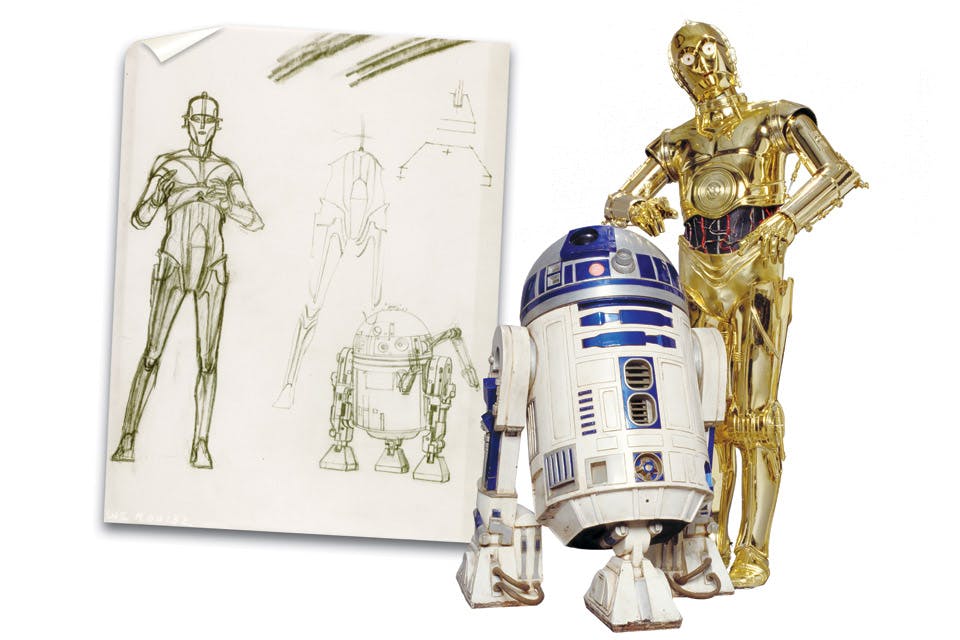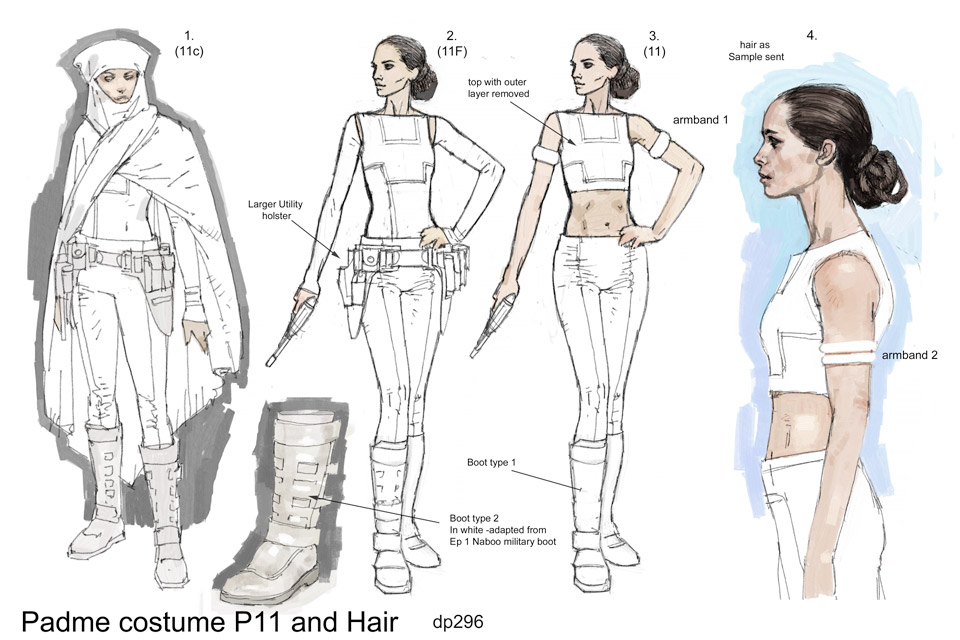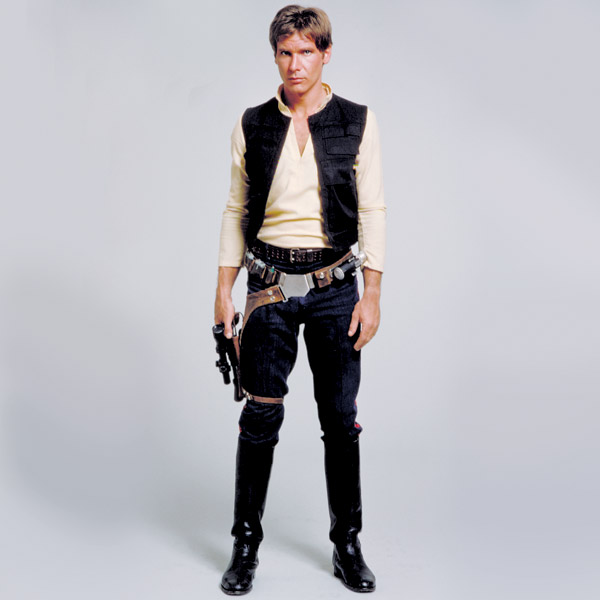Arts
‘Star Wars’ at Cincinnati Museum Center
“Star Wars and the Power of Costume” features an iconic collection of screen-worn wardrobe from George Lucas’ space saga.
Related Articles

New Immersive Augmented Reality Experience Coming to COSI
Starting Jan. 30, visitors to the Columbus science destination can explore and interact with imaginary, virtual worlds through this holographic theater exhibit. READ MORE >>

Explore Prohibition History at the Anti-Saloon League Museum
The Westerville History Museum shares how the city was once the headquarters of the Anti-Saloon League, an organization which helped spur the enacting of the 18th amendment. READ MORE >>

New Book Details Origins and Evolution of Dayton’s Carillon Historical Park
The destination’s vice president of museum operations Alex Heckman and curator Steve Lucht wrote the 222-page, hardbound coffee-table book. READ MORE >>





